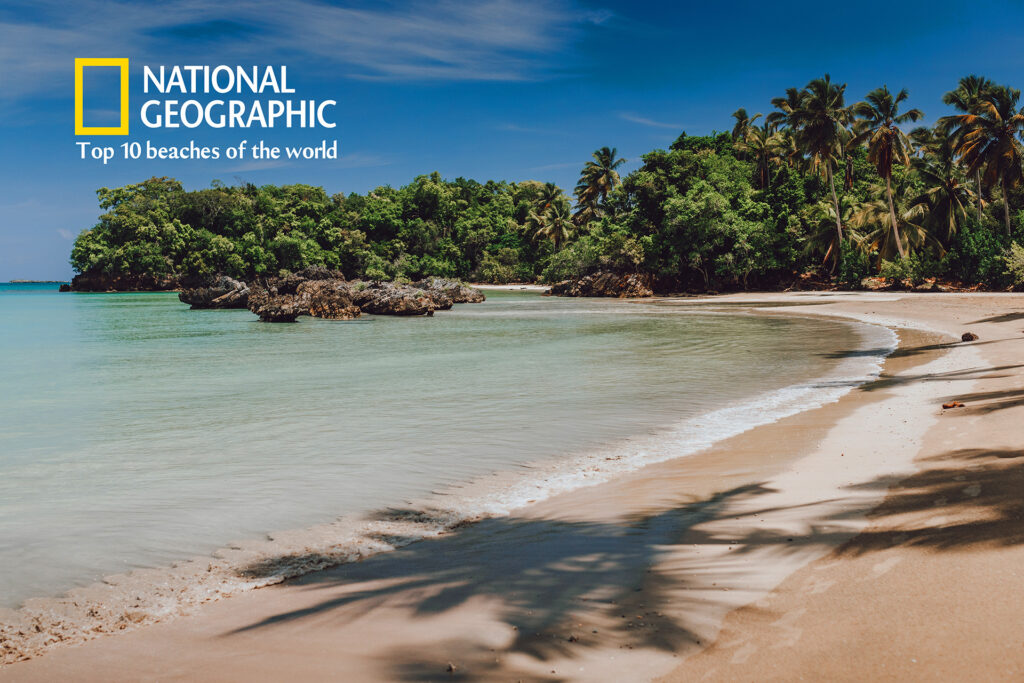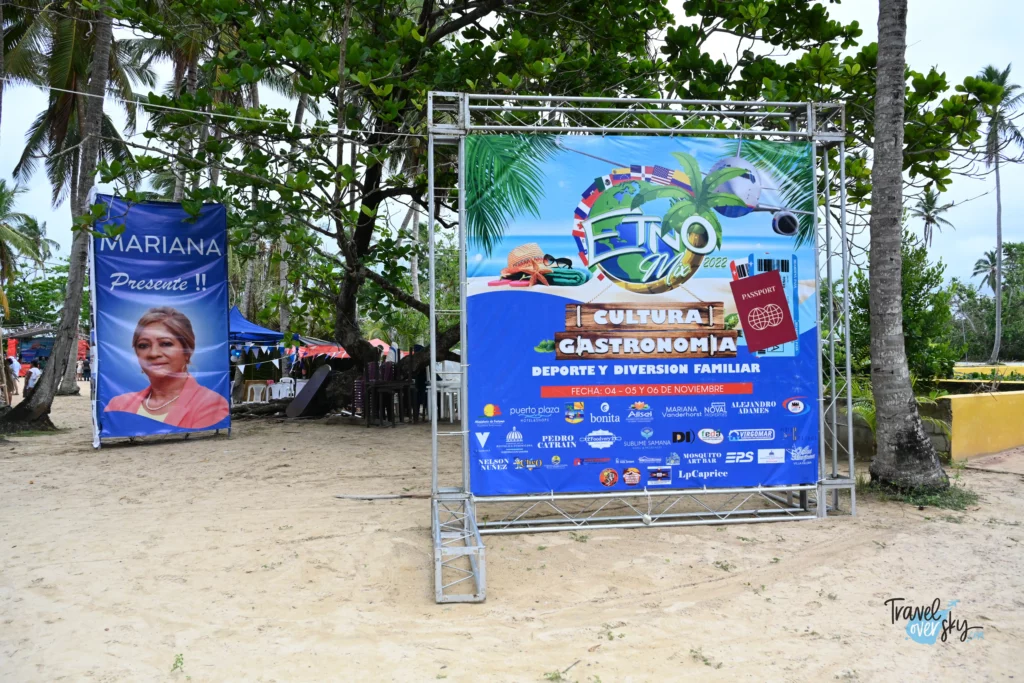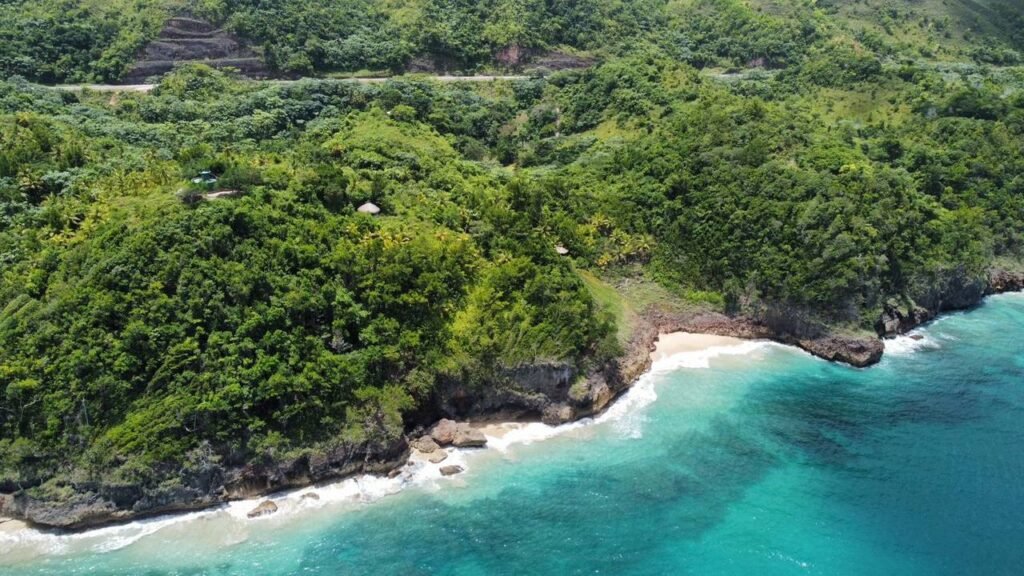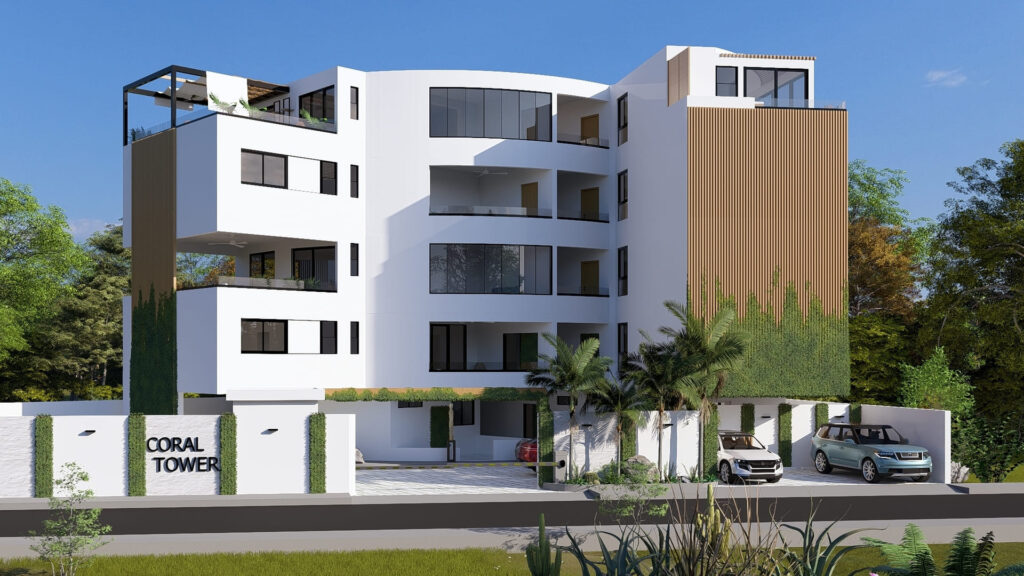In May 2025, National Geographic published its long-awaited list of the 40 most spectacular beaches in the world. Among the stunning destinations —from Greece’s Sarakiniko to Tahiti’s Bora Bora— stood a lesser-known Caribbean treasure: Playa Bonita, Dominican Republic. Ranked 16th on the global list, this peaceful stretch of coastline in Las Terrenas, Samaná, has officially earned its place on the world stage.
But what exactly makes Playa Bonita so special? Why is it now considered one of the most beautiful places on Earth — and what should you know before visiting or investing in the area?

Where is Playa Bonita and What Makes It Unique?
Playa Bonita is located in Las Terrenas, a small coastal town on the Samaná Peninsula in the northeastern Dominican Republic. The region is known for its raw natural beauty, blending lush tropical mountains with quiet bays and palm-fringed beaches.
Unlike many tourist-heavy resorts in the Caribbean, Playa Bonita (literally, “Beautiful Beach”) lives up to its name without the crowds. National Geographic described it as a secluded paradise — free of cars, street vendors, and heavy development. With soft golden sand, gentle waves, and water in shades of emerald and turquoise, Playa Bonita offers an ideal setting for both quiet reflection and active enjoyment.
A Global Ranking Among Elite Beaches
To understand how exceptional this is, here’s a taste of the company Playa Bonita keeps in National Geographic’s 2025 list:
- Playa de Corralejo (Fuerteventura, Islas Canarias)
- Sarakiniko beach (Isla de Milos, Grecia)
- Cala de Stiniva (Isla de Vis, Croacia)
- La Digue (Seychelles)
- Playa de Cué (Llanes, Asturias)
- Tulum (Yucatán, México)
- El Nido (Palawan, Filipinas)
- Cala di Volpe (Cerdeña, Italia)
- Palombaggia (Córcega, Francia)
- Benagil (Algarve, Portugal)
- Cathedral Cove (Nueva Zelanda)
- Bora Bora (Tahití, República francesa)
- Palolem (Coa, India)
- Cala Macarelleta (Menorca, Islas Baleares)
- Playa de Matemwe (Zanzíbar, Tanzania)
- Playa Bonita (Samaná, República Dominicana)
- Aguadilla (Puerto Rico)
- Islas Cook y Whitsunday
- Trou d’Argent (Isla Rodrigues, Mauricio)
- Calanque de Maubois (Provenza, Francia)
- Elafonisi (Creta, Grecia)
- San Blas (Panamá)
- Playa de Al Mughsayl (Omán)
- Baia do Sancho (Fernando de Noronha, Brasil)
- The Baths (Virgin Gorda, Islas Vírgenes Británicas)
- Playa Escondida (Islas Marietas, México)
- Bahía Gardner (Islas Calápagos, Ecuador)
- Piha Beach (Nueva Zelanda)
- Reynisfjara (Islandia)
- Olüdeniz (Turquía)
- Koh Similan (Tailandia)
- Cayo Largo (Cuba)
- Los Roques (Venezuela)
- Ke’e Beach (Hawái)
- Curaçao (Países Bajos)
- Playa de las Catedrales (Ribadeo, Lugo)
- Essaouira (Marruecos)
- Atolón Malé Sur (Islas Maldivas)
- Cannon Beach, Oregón (EE.UU.)
- Pink Sand Beach (Bahamas)
What You’ll Experience at Playa Bonita
Unlike large hotel chains or overcrowded resorts, Playa Bonita is about intimacy and authenticity. Here’s what you’ll find:
Pristine Natural Beauty
The beach is lined with swaying coconut palms, backed by green hills, and free from artificial noise. You’ll hear waves, wind, and tropical birds — not engines or traffic.
Safe, Swimmable Waters
The bay’s gentle surf makes Playa Bonita safe for swimming, paddleboarding, and even beginner surfing. Families with children particularly love this spot.
Marine Exploration
With coral reefs nearby and high water clarity, Playa Bonita is great for snorkeling. It’s common to spot colorful fish, sea turtles, and natural tide pools.
Unforgettable Sunsets
Evenings turn the sky into a watercolor canvas of pinks, purples, and deep oranges. The sunset alone is worth the visit — or a permanent move.
Preservation and Environmental Focus
National Geographic’s inclusion of Playa Bonita wasn’t just for aesthetics — it was also a call to protect one of the few unspoiled beach destinations left in the Caribbean. Local authorities and environmental groups in Las Terrenas have worked together to regulate construction, reduce pollution, and protect marine life.
Tourism here is increasingly shaped by eco-conscious travelers, digital nomads, and developers interested in low-impact, high-value projects. Playa Bonita represents a model of responsible tourism — something many more crowded destinations have lost.
How to Get There
Traveling to Playa Bonita is easier than many expect:
- Fly to El Catey International Airport (AZS) – just 30 minutes from Las Terrenas.
- From there, a paved coastal highway leads you directly to the beach.
- Private transportation, local taxis, and rental cars are readily available.
Alternatively, travelers arriving from Santo Domingo can enjoy a scenic 2.5-hour drive through mountains and coastal landscapes.
Should You Invest in Playa Bonita?
If you’re looking for a place to build a boutique hotel, own a vacation home, or start a wellness retreat, Playa Bonita may be the best-kept investment secret in the Caribbean.
Reasons to consider investing:
- International recognition boosts visibility and value.
- Controlled development keeps property demand high.
- Growing eco-tourism market appeals to high-income travelers.
- Dominican residency and tax incentives for foreign investors.
The beach’s unique mix of tranquility, global prestige, and environmental focus makes it not just a vacation spot — but a strategic place to invest in the future.
Final Thoughts
Playa Bonita, Dominican Republic, is no longer a secret. Its recent recognition by National Geographic places it among the world’s elite coastal destinations. Yet it remains grounded in what matters most: nature, peace, and authenticity.
Whether you’re planning your next getaway or looking for a sustainable place to build your dream, Playa Bonita offers the rare combination of global prestige and local soul.
👉 Want to learn more about living, building, or investing in Las Terrenas? Contact All Project Group SRL for personalized advice and expert guidance in the Dominican Republic.
Tags: Best beaches in the world, Las Terrenas, Playa Bonita, Samana







